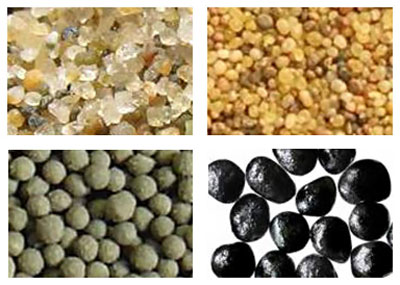One job can require a few thousand tons of this proppant material.
What is ceramic proppant made of.
Because of their use in super high pressure environments often 10 000 feet below the surface proppants are highly crush resistant to hold fractures open for as long as possible helping to increases the productivity of the well.
Man made proppants include materials such as resin coated sand or strong ceramic materials.
Ceramic proppants can be made from a variety of materials.
Ceramic proppant agents include sintered bauxite intermediate strength proppant and lightweight proppant.
Ceramic proppants are another type of manmade proppant often chosen for its superior strength under the high pressures found in deeper formations.
It is usually sand grain or a man made proppant that includes high strength ceramic materials like resin coated sand.
A proppant is a solid material typically sand treated sand or man made ceramic materials designed to keep an induced hydraulic fracture open during or following a fracturing treatment.
Recently demand for proppants has increased as oil and natural gas wells are being made to yield more oil and gas using hydraulic fracturing.
In addition there may be unconventional fracking fluids.
Completion designs today utilize either naturally occurring crystalline silica sand or an engineered proppant material including ceramic.
These proppants are optimal for stimulating deep wells greater than 8 000 ft where in situ stresses are very high.
Proppant is a solid material that is designed to keep a hydraulic fracture open during treatment.
Most ceramic proppants are manufactured from powdered bauxite or kaolin clay which is fused into tiny beads and baked at very high temperatures.
It is added to a fracking fluid which may vary in composition depending on the type of fracturing used and can be gel foam or slickwater based.
While most are made from bauxite kaolin aka china clay or a blend of the two materials a variety of other materials may be used including magnesium silicate and fly ash.
View chapter purchase book.
Fluids make tradeoffs in such material properties as viscosity where more viscous fluids can carry.

